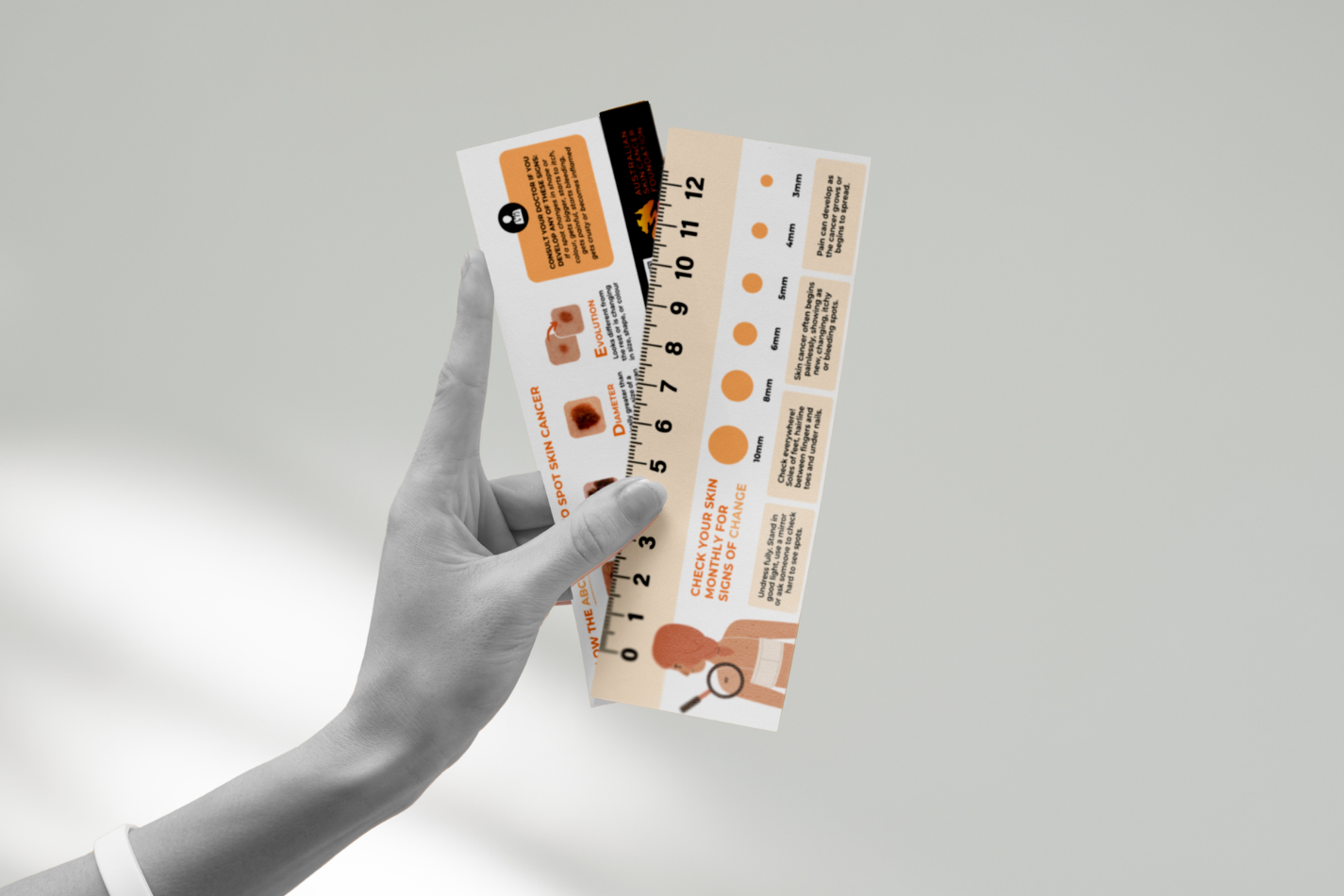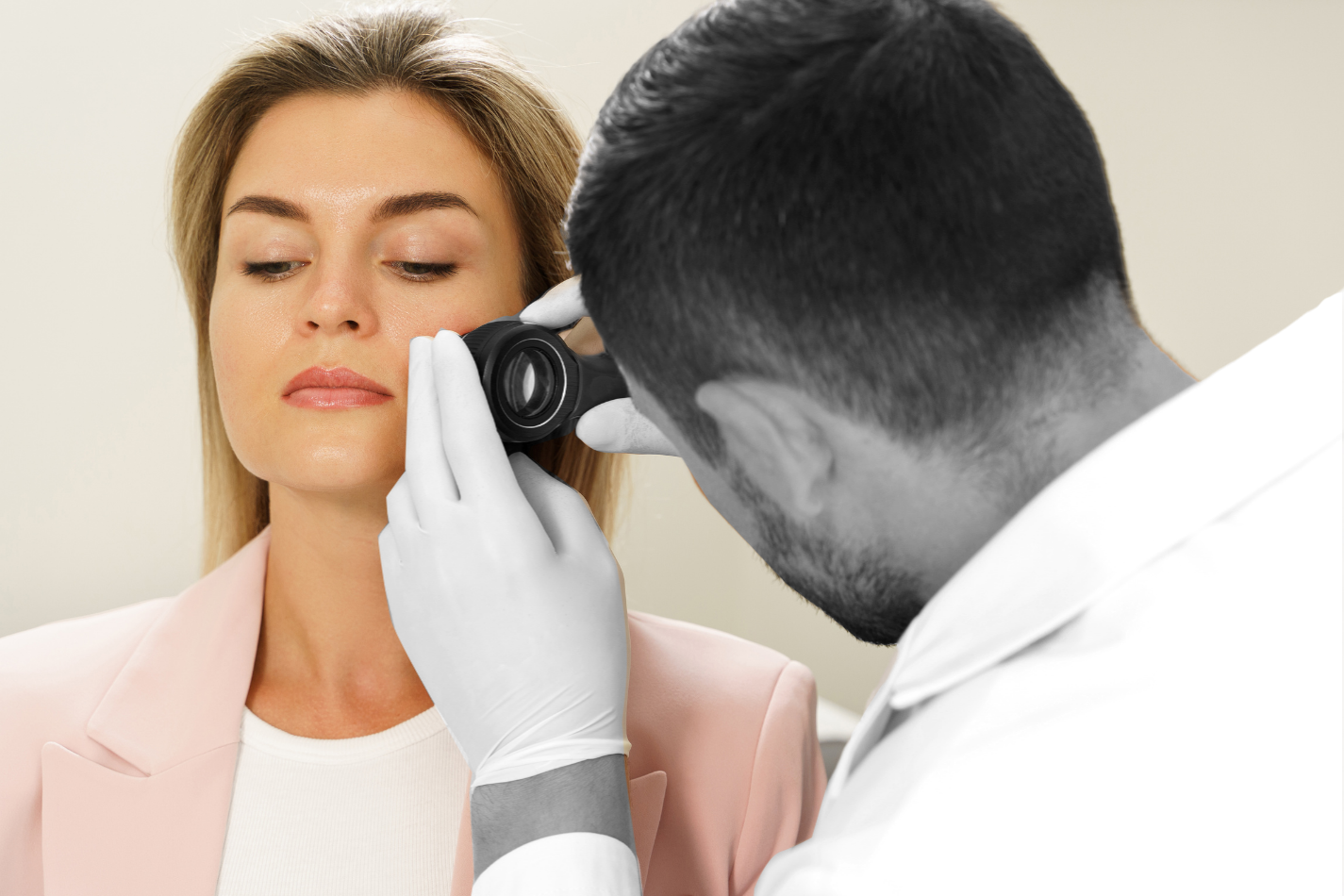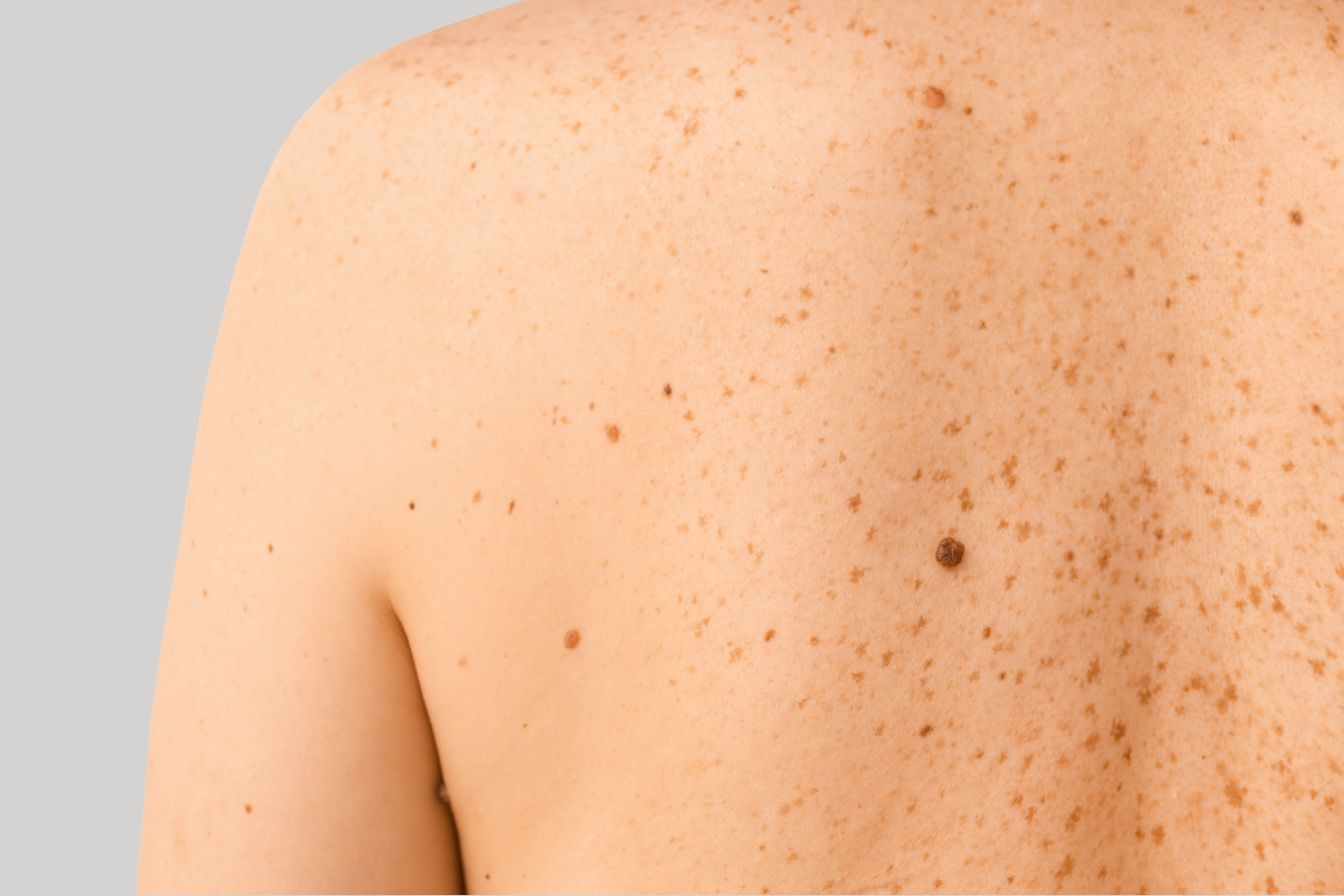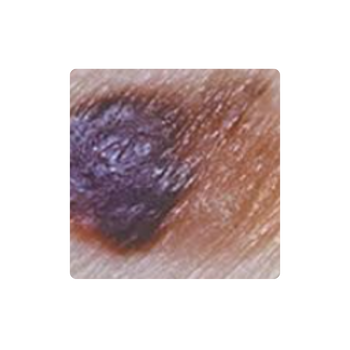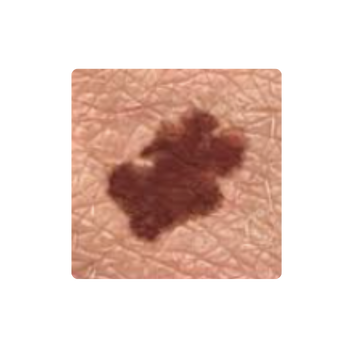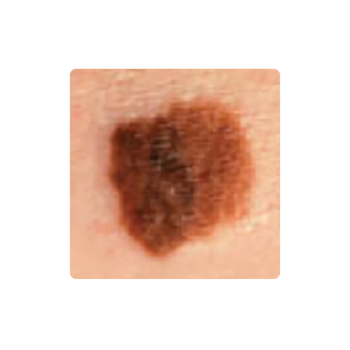
What to look for
Early detection of melanoma and non-melanoma skin cancers is critical and could save your life.
Follow the ABCDE rule to spot skin cancer
A for Asymmetry
Normal moles or freckles are typically symmetrical. If you were to draw a line through the centre, you would have two symmetrical halves.
In cases of skin cancer, spots will not look the same on both sides. (Shape alone doesn’t suggest a malignancy, since some birthmarks will be irregular in shape, but is certainly one of the features healthcare providers look for when identifying skin cancers.)
B for Border
Moles, spots, or “beauty marks" are typically round and of no cause for concern.
Those with a changing blurry and/or jagged edge can be a sign of a cancerous or pre-cancerous growth.
C for Colour
A mole that has more than one colour should be considered suspicious.
Normal moles and spots, by contrast, are usually one colour. Colour changes can include the darkening of a spot or part of a spot or a lightening in certain parts of the growth.
D for Diameter
If a growth is larger than a pencil eraser (6mm or 1/4 inch ), and growing, checking by a healthcare provider is advised. This includes areas of skin that do not have any other abnormalities in terms of colour, border, or asymmetry.
This is not to suggest that smaller growths don't warrant investigation — including skin tags (acrochordons) — but those over 6mm or 1/4 inch will always be of particular concern.
E for Elevation
Elevation means that the mole or growth is growing in a raised manner and may have an uneven surface.
It is both the irregularity of the surface and changes in size that suggest further care may be needed, particularly if the growth is different from any other blemish on the body.
Consult your doctor if you develop any of these signs: If a spot changes in shape or colour, gets bigger, starts to itch, gets painful, starts bleeding, gets crusty or becomes inflamed.
Find your nearest skin cancer clinic
Early detection of melanoma and non-melanoma skin cancers is critical and could save your life.
Please click on the links below to find your nearest dermatologists or skin cancer clinic.
Find your nearest Skin Cancer Clinic
Find your nearest Dermatologist here
Real Stories: Why Getting a Skin Check Could Save Your Life
We often hear from people who discovered melanoma or other forms of skin cancer during a routine skin check or from other people noticing spots they might never have noticed on their own.
These stories are a powerful reminder of why regular screenings are so vital. Catching skin cancer early can make all the difference in treatment and outcomes. Many lives have been saved simply because someone took the time to get checked.
Don’t leave it to chance - book your skin check today.
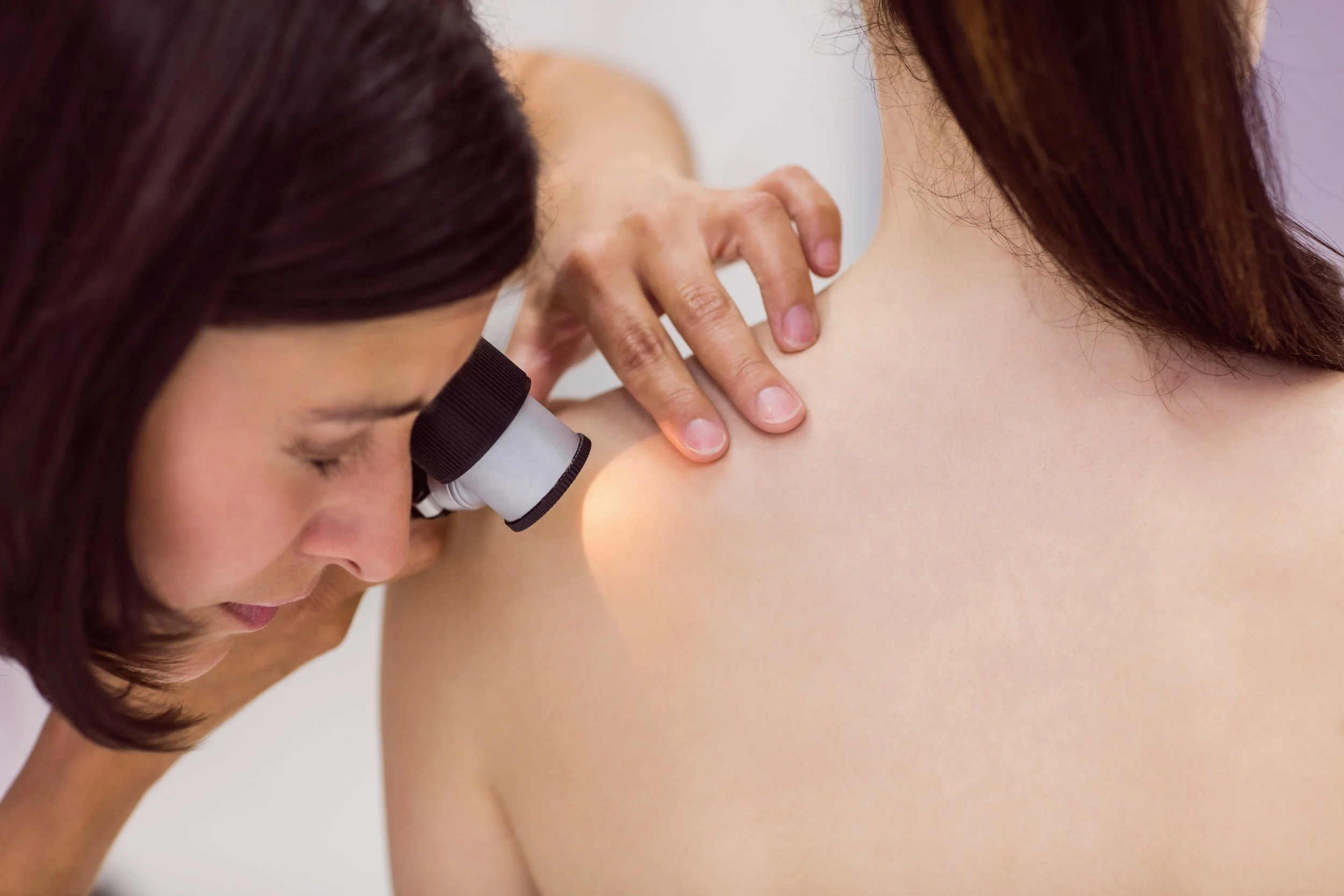
Don’t wait. Get your skin checked today.
It could save your life.
A big part of the problem is because people don’t get their skin checked often.


